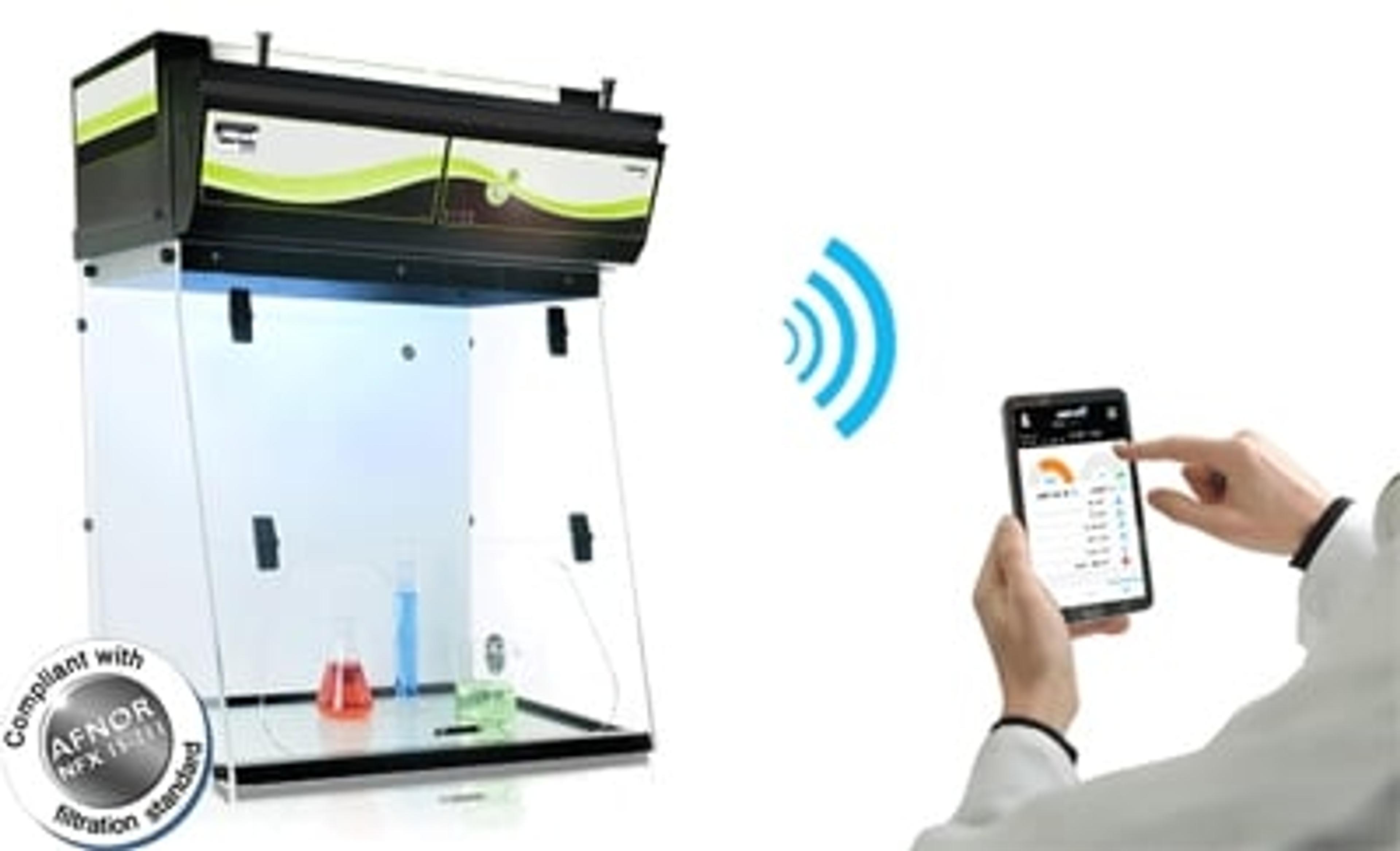The road to sustainability: How do you balance safety, energy conservation and scientific ambition?
Getting laboratory ventilation management strategies right when scientific disciplines converge
2 Jun 2020
Scientific research at diverse academic institutions such as Cornell University, New York, U.S.A., is not without its challenges, especially when it comes to keeping people safe in the lab. From small labs working with hazardous chemicals and teaching laboratories to scaled-up operations and production-scale start-ups, safety is top priority for Ellen Sweet, Lab Ventilation Specialist in Cornell’s Department of Environmental Health and Safety.
Sweet’s ambitious program for lab ventilation management looks not only to adhere to strict safety standards but also to reduce the ventilation rates in labs and deliver optimal energy use and sustainability. The objective for the program straddles both the Environmental Health and Safety and Energy Management departments at Cornell. Applying this program can be difficult in spaces with both staff and students, special projects, and changing research grants. Sweet explains: “There are multiple people in the labs at Cornell, and so I have to think about how much ventilation is needed in those spaces and what chemical procedures need to go into fume hoods, what needs other types of ventilated enclosures, canopy hood, or downdraft table. It's very specific to each individual space and has to take into consideration changes that will happen as the workforce changes over time.”
The convergence of so many different scientific disciplines at Cornell also presents issues that must be managed and controlled. When it comes to the safety of people moving around in their lab space, multi-use labs with multiple hazardous chemicals, and other health and safety risks, there are unique challenges to overcome. Flammable gases, such as hydrogen, are a good example. Used in many applications, hydrogen can be purchased in different concentrations, for example as a 3% or 4% hydrogen/nitrogen mix. Getting the right concentration to meet the research needs while lessening the hazards of the material enhances the safety for everyone in the lab and addresses the regulatory requirements, while reducing costs. Sweet explains: “It [hydrogen gas] may have to be in a flammables cabinet that's ventilated. It would have to be sprinklered and there are quantity limitations for that. The lab that might need it for gas chromatography might be at the top floor of a nine or ten-floor building, and there are code implications for that too.”
Ventilation strategies
Cornell has approximately 1700 ducted fume hoods, other hoods, process exhaust points, and ventilated enclosures. However, when a group and their science changes, they may not have the protective equipment or enough room that they need anymore. With temporary research projects, scientists can easily purchase a ductless fume hood, as they might a biosafety cabinet and, when the research is done, they can unplug it, stick it in a storage space and pull it back out next time they need it. “The problem with this,” says Sweet, “is that ductless fume hoods, just like most biosafety cabinets on campus, pull air through from the face and into the unit. They filter and then dump whatever they filtered, or did not filter, back into the room.”
This means the air is released into the lab and then pulled to exhaust points in the room, before being removed from the building. Plugging in a ductless hood and not utilizing it properly, e.g. using chemicals that are not absorbed into the filters in the unit, means that the air will just get circulated and pumped back into the room. “You might as well be doing that chemical procedure right on top of the bench and just have everybody getting exposed,” says Sweet. This presents a significant problem, but for Cornell, Erlab is on hand to provide a skilled solution.
Certified safety
What I like about Erlab, is that their policy and their process are very controlled.
Ellen Sweet Cornell University
The staff at Erlab take laboratory safety seriously. Conducting a thorough risk assessment as per the AFNOR NFX 15.211 & ANSI Z9.5 2012 standards before installing a ductless fume hood, the following key questions need to be considered:
- What kind of chemicals are you going to be using?
- How long is this going to be used?
- Who is going to be doing this?
- Who is going to be controlling how this hood is being used?
- What are the volumes of the chemicals?
- What are the concentrations?
- How often is this usage going to change?
- Is this going to change? Is it going to scale up?
After carrying out this assessment according to these high standards, Erlab will then certify the ductless fume hood for use with defined chemicals, their volumes and concentrations. As part of the certification, Erlab will provide an efficiency study of the filter performance (filter life cycle). This is Erlab’s guarantee that, under the stated condition-of-use, there will never be chemical release exceeding 1% of the threshold limit value (TLV). This is further safeguarded with built-in sensors, redundant filtration, and accompanied by Erlab-led staff training to ensure proper use and re-certification if usage changes over time.
The future of lab ventilation and energy conservation strategies
While safety is a priority, Cornell University also has a commitment to become carbon neutral by 2035. University units have pressed on to take a deeper look into energy conservation strategies. In one of its latest building renovation projects, they are now looking at all fume hood locations for where the Erlab ductless fume hoods are appropriate. In the future, delivering safety at minimal energy costs is the goal, but not at the cost of world-leading research. “Researchers do have to focus on what’s best for their research, so the aim is [doing this with] optimized energy use,” says Sweet.
Working closely with the American Chemical Society’s Committee on Chemical Safety and its division of Chemical Health and Safety, Sweet hopes for the standardization of chemical identification across regulatory agencies. This would aid the defining of categories that chemicals fall into, such as which materials fall within the definition of (Category 1) acutely toxic inhalation hazard under the Globally Harmonized System for Labeling Chemicals, versus highly toxic by inhalation under the International Codes Council. This would enable information about the hazards of chemicals used in labs to be easier to interpret and the design of new labs to optimize ventilation to achieve energy savings and ease of maintaining a lab.

